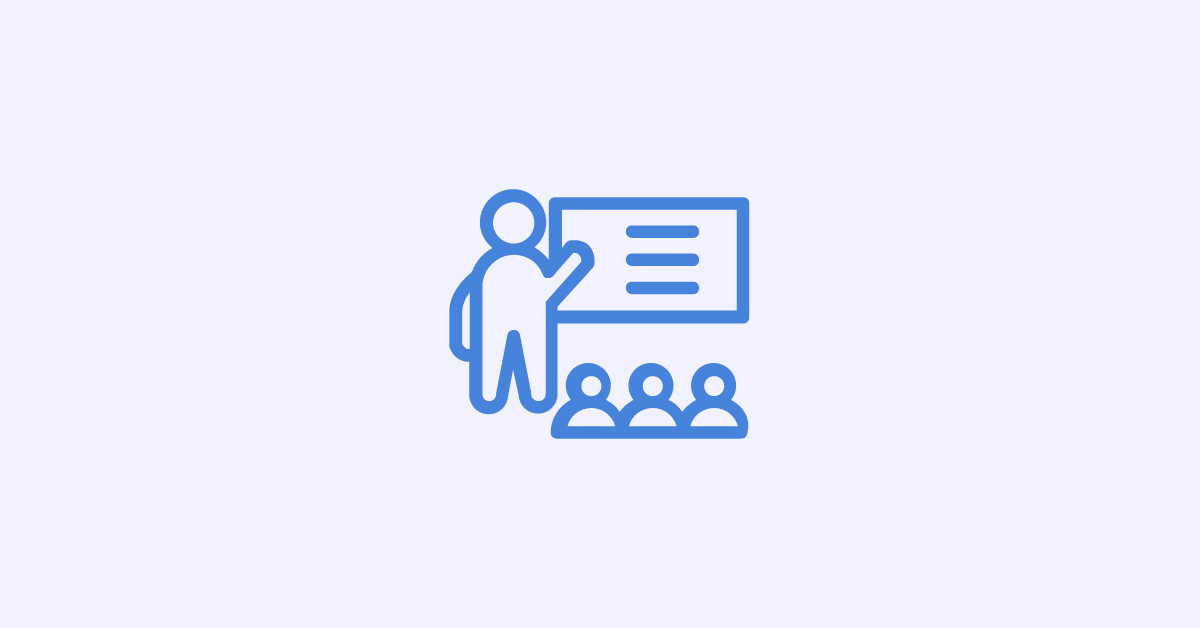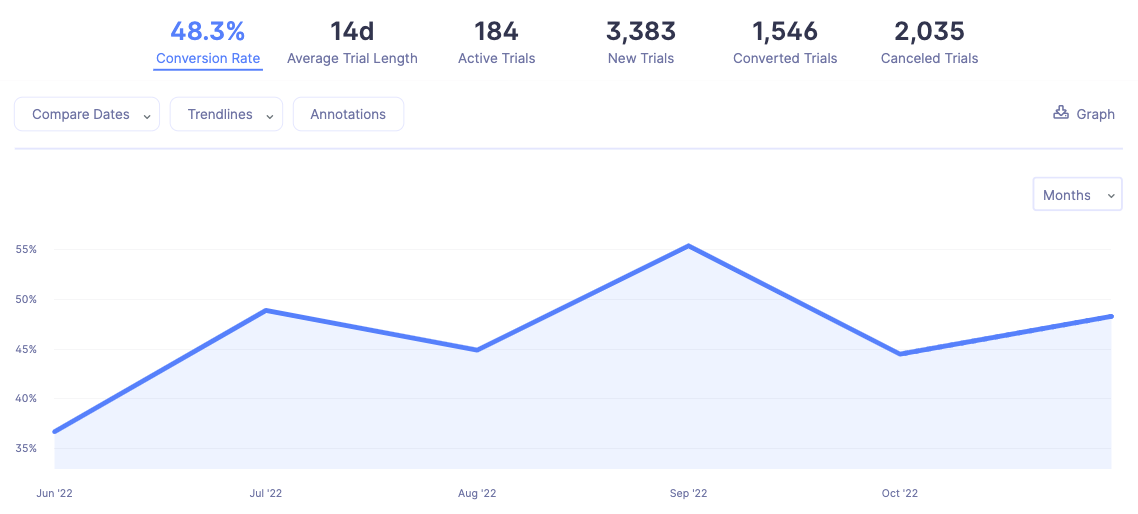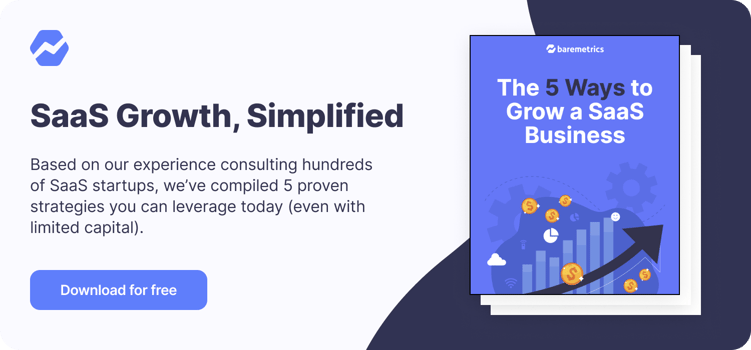Table of Contents

Simply put, customers are driven by value. This means that if they find a different product that’s faster, cheaper, or easier to use than yours, there’s a good chance they’ll churn.
One way to ensure customers get value from your product right away is by creating an onboarding experience that sets them up to achieve what they’re trying to achieve with your product.
In this post, we’ll talk about why customer onboarding is so important for SaaS companies, and cover some best practices for engaging and educating new customers about your product.
What is customer onboarding and why is it important?
Customer onboarding is the process of getting your customers up-to-speed with using your product. This means helping customers solve the problem that initially led them to your product and motivated them to sign up for a trial or paid subscription. Some elements of a customer onboarding process include welcome emails, product tours, access to a knowledge base, and more.
SaaS and subscription businesses need to carefully implement their onboarding process because customers will not continue paying for a product if they don’t know how to use it effectively. Beyond building customer loyalty, an effective onboarding experience can improve customer engagement, increase trial conversions, and lead to other positive business outcomes.
A great customer onboarding process goes beyond demonstrating how to use certain features by actually showing customers how to maximize their experience. Rather than overwhelming them with details about everything your product is capable of, you should help them accomplish what they set out to do. This can turn customers into habitual users that increase your average customer lifetime value.
6 best practices for onboarding SaaS customers
Now that we’ve discussed how important customer onboarding is to the long-term success of SaaS businesses, here are a few best practices to consider.
Make the signup process easy
The signup process is the first step in customer onboarding, and a great opportunity to get started the right way. This means making it easy for customers to sign up for a free trial. Although it may depend on your ARPU (i.e. do you serve larger companies and therefore need to have a more thorough sales process?) reducing friction as much as possible is your best bet.
Let’s look at MetricFire as an example. They offer a free, 14-day trial that includes access to all of their open source monitoring tools. They don’t require a credit card upon signing up either. Instead, they ask for payment when the trial ends.

“
“Reducing the barrier to entry is beneficial to users who want to get started monitoring their data right away.
For us, this means we have a healthy sales funnel and get a better understanding of customer usage once they start using the product. Even if they don’t convert, we can look at how they were using MetricFire and use that information to improve our ideal customer profile (ICP).”
ELLIOT LANGSTON
GENERAL MANAGER, metricfire
Help get them started
Immediately after signup, you’ll also want to send an onboarding welcome email that encourages customers to complete an action within the product and provides a few resources to answer any questions they might have.
These simple steps will give your customers a “quick win” and help you make sure your customers understand how to use your product from the start.
Track product usage and trial data
Another important way to improve customer onboarding is getting customers to engage with your product. This requires understanding how users are interacting with it.
To do this, track product usage and specifically look at how new customers are engaging with your product during their first week. What features are they using the most? Are there trends in the product-related questions they are asking? These kinds of insights help you identify points of friction.
You can also monitor the performance of your trials. Tracking trial insights and metrics like trial-to-paid conversion rate, average trial length, new trials, and other metrics can indicate larger trends that might be affecting your conversion rate. Perhaps you’re bringing in the wrong kinds of leads, or a different time-frame for your trial would be more successful.
You can get these stats in Baremetrics under the Trial Insights tool. Like other Baremetrics dashboards, Trial Insights allows you to segment your trial information by different attributes and compared different time frames.

You can also view active, converted, and canceled trials, as well as the MRR value of each individual trial.
Make it easy for customers to get help when they need it
Customers will likely have questions when they first begin using your product. A good onboarding experience ensures customers know where to get help when they need it.
A few ways to offer help to customers include:
-
Building a knowledge base with content about the most frequently asked questions
-
Offering product demos, and
-
Providing a comprehensive getting started guide
These educational resources could mean the difference between a user churning early on because they can’t find the answer to a question or becoming a valuable long-term customer.
Be comfortable asking for feedback
While tracking product usage and customer satisfaction is great for understanding how well your onboarding process is performing, qualitative customer feedback can help you know why. For example, you can look for trends when customers cancel, such as not understanding how to use your product, not seeing the value in it, or other issues related to onboarding.
To gather feedback, you can send out a survey by email or within your app when a customer wants to cancel their subscription. These cancellation insights can help you identify poor customer experiences related to onboarding, and even reveal much larger issues about your product and brand. This allows you to continuously improve your onboarding process to increase customer engagement and reduce churn.
Get out of the way
While onboarding emails can be effective, it’s important not to go overboard. One of the most important ways to implement a good onboarding process is to avoid overwhelming customers at the start. Instead, you want to provide the most essential information they need to use your product, and then point them to resources where they can get more help themselves later on.
Customers might have questions as they get started, but if you implement all the previous best practices and then give customers space, they can become more involved with your product at their own pace. Getting out of the way is a much better approach to increasing customer engagement than trying to force it with too many low-value interactions.
Do better customer onboarding with insights from Baremetrics
SaaS and subscription companies need to make sure their customers understand how to use their product and recognize its value early on if they want to increase customer retention and customer lifetime value.
More importantly, delivering a great customer experience requires constant improvements over time. Along with implementing the best practices outlined above, SaaS companies should consistently analyze their customer onboarding performance using real time insights. This data-driven approach to customer experience management can lead to a much more effective onboarding journey.
Baremetrics is a metrics, dunning, and engagement platform that tracks trial conversions, churn rate, retention rate, and dozens of other KPIs for SaaS and subscription companies.
This can help you optimize your customer onboarding process — and other aspects of your customer experience — to achieve better business growth.






